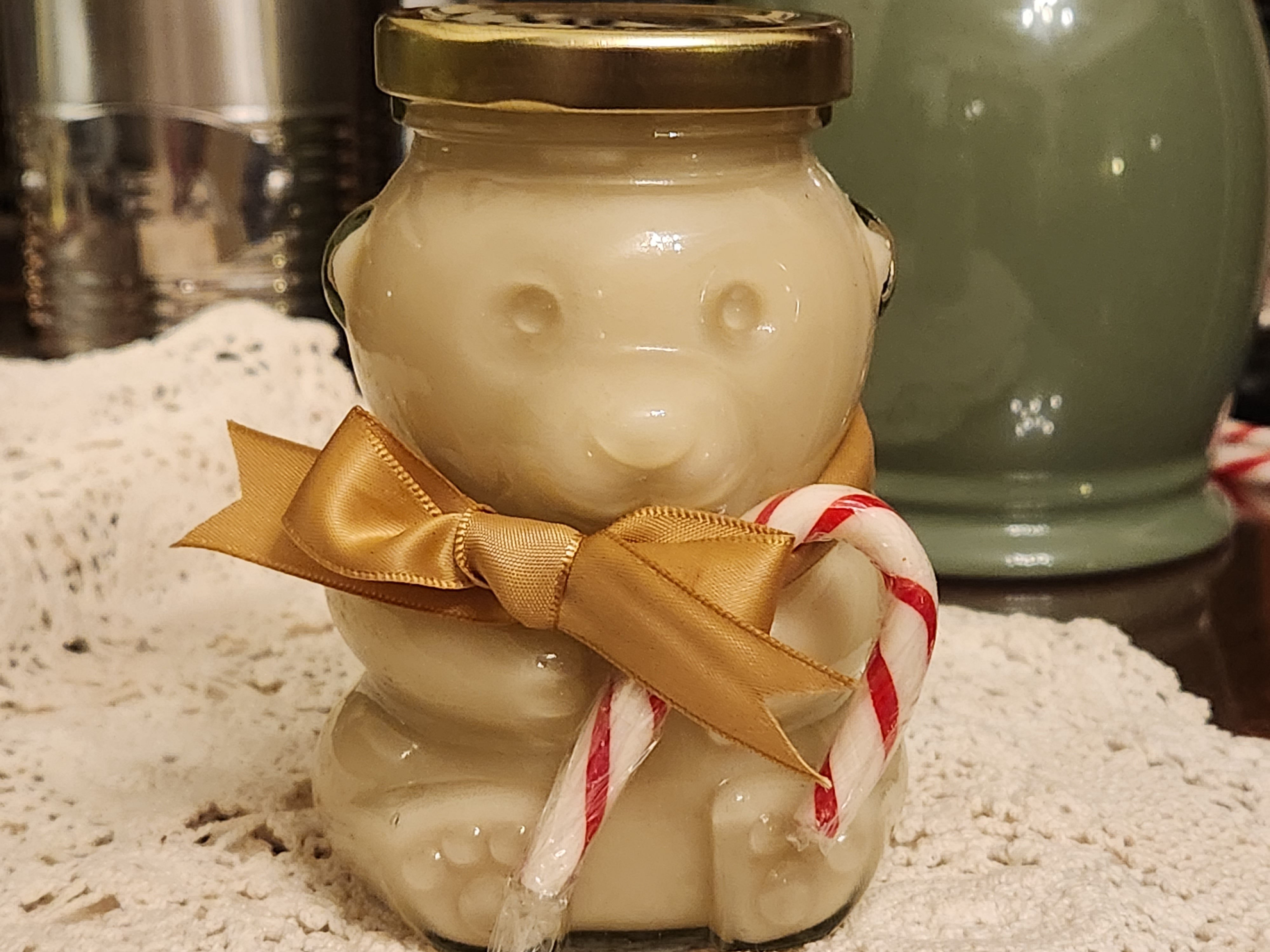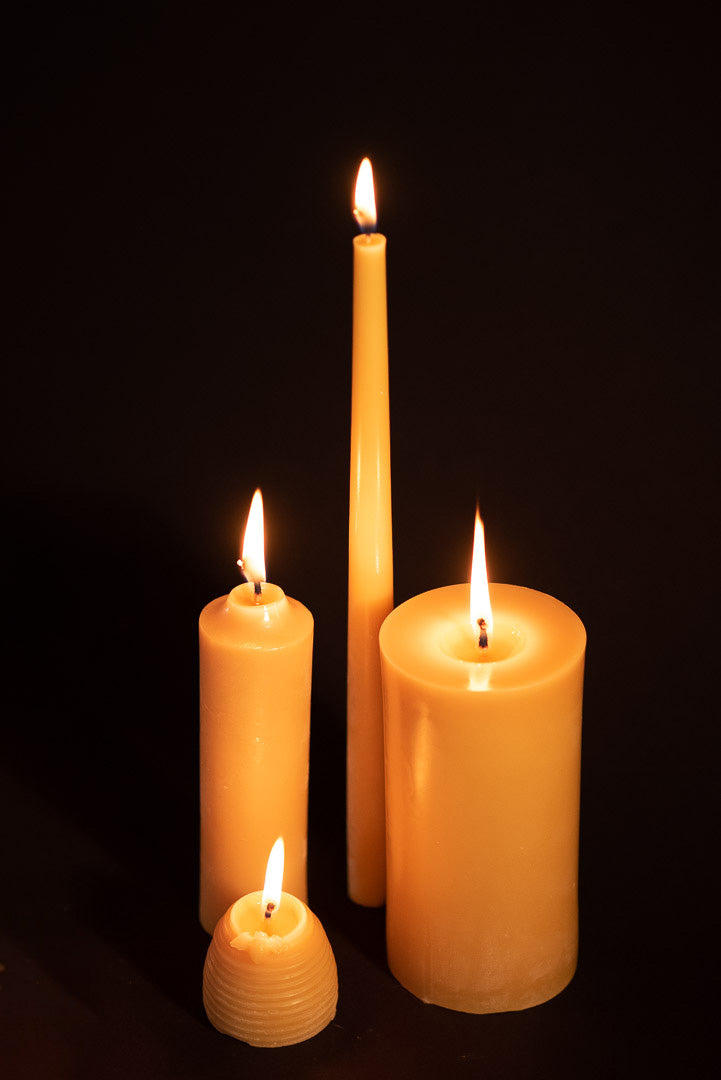The Buzz 14: Santa Buzzin' 🎅
Welcome to The Buzz, our monthlyish newsletter racing at lightspeed toward you straight from...
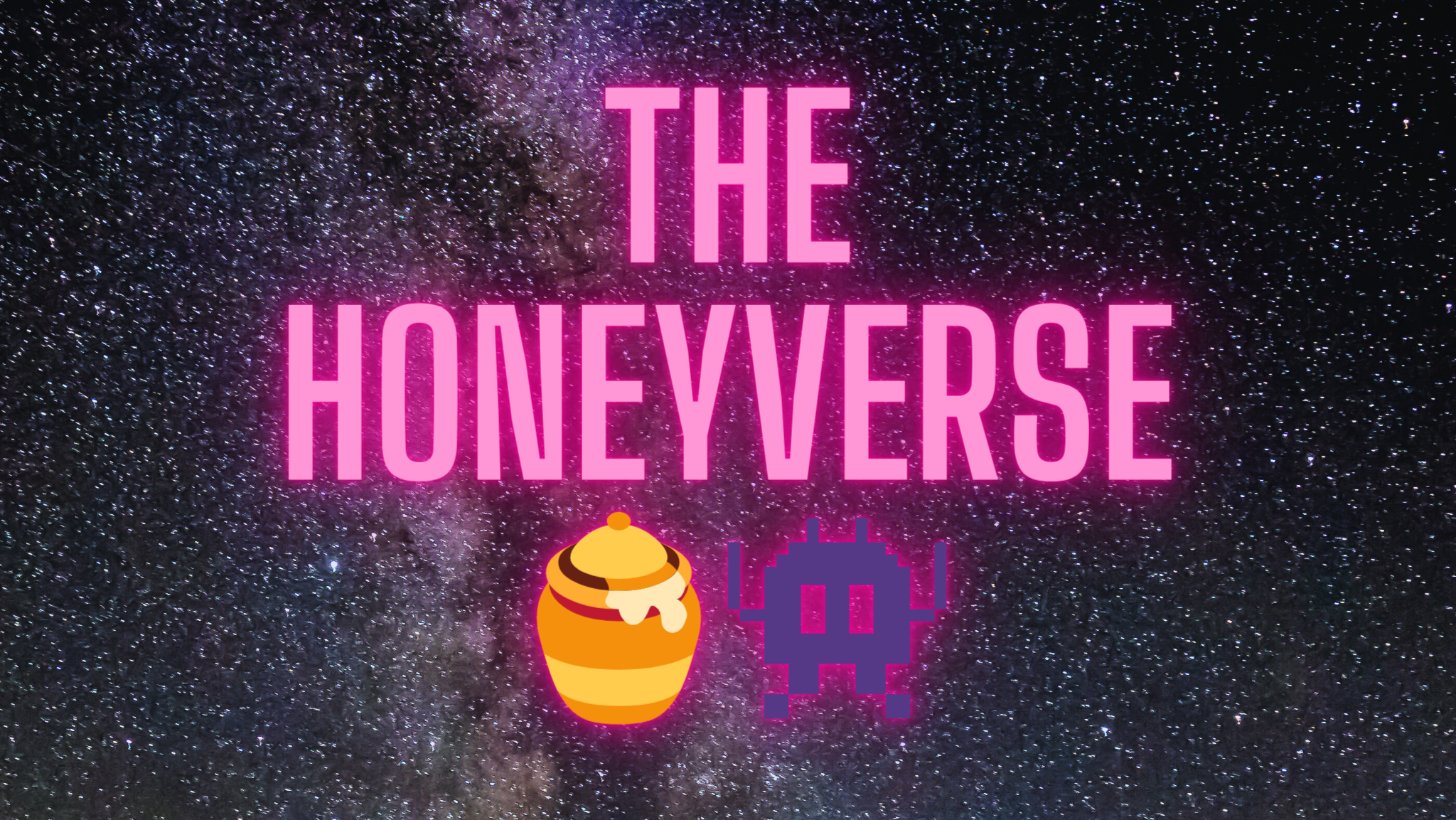
Featuring a wide selection of stories, articles, links, product updates and much more, keep reading and get up to date on what's happening in our local galaxy of pollinators and beeyond!! 🚀
Haven't subscribed yet? Click here to sign up for an account and also enter your email in the subscribe section to make sure you receive the BONUS email content for you true beelievers out there 🐝🐝🐝, and also that you are eligible for Buzz Club discounts, promos and some new surprises in 2024 🎷!!
Click here for Buzz Club Info 🍯
🐝🎁🐝
Issue 14 Content:
(Click/tap the section pic to view!)
Fireside with John Russell

John Russell's regular State of the Hive: Includes an update on how the bees are faring, odds and ends pertaining to the beekeeping industry, plus my unasked for opinions. (It's my newsletter, darn it.)
A Video Game???
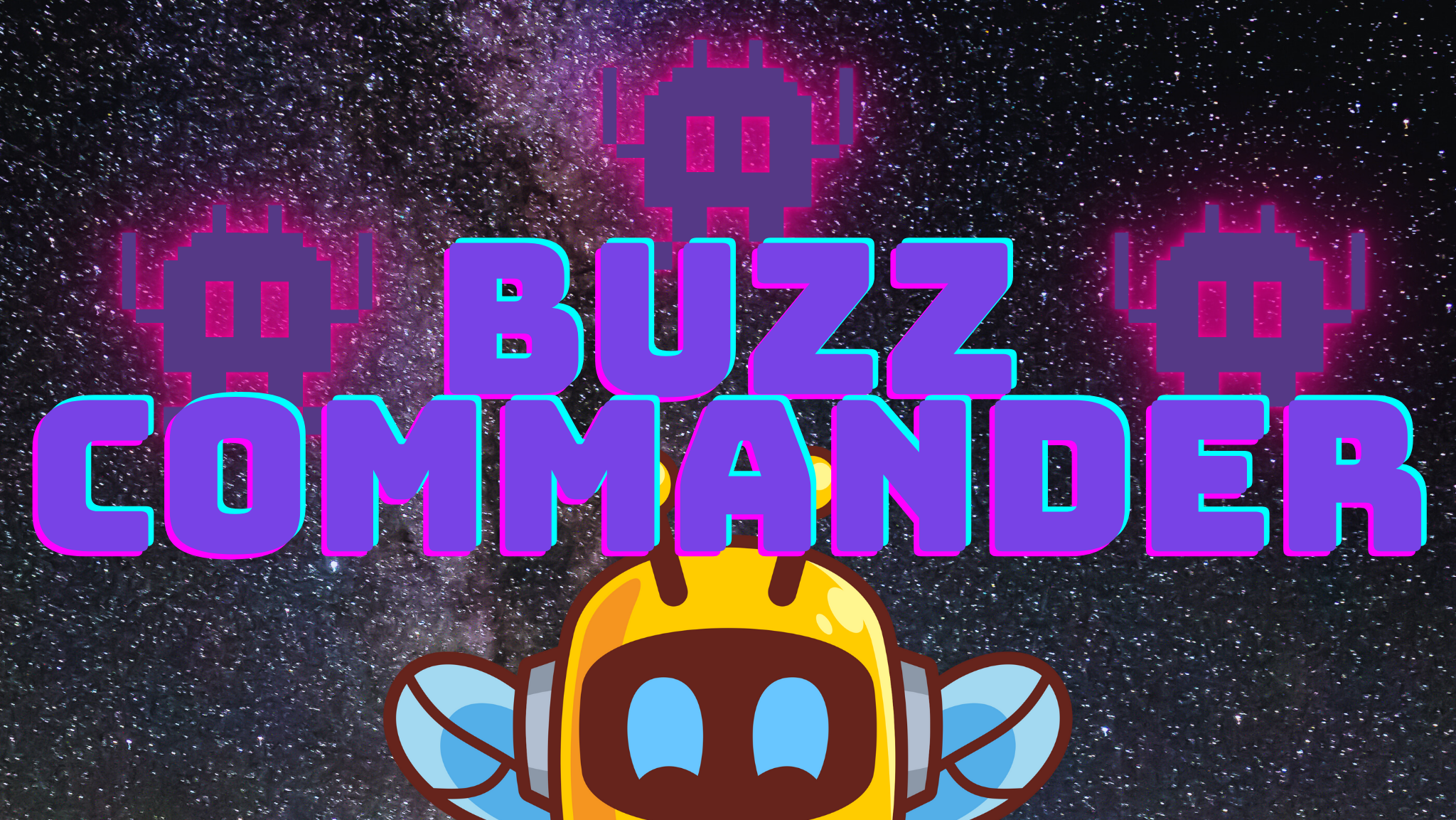
What were we thinking, we make jars of honey not video games! Give it a try, send in your high score and win a prize it's THAT easy 👾
Solstices: What and Why and Finding Polaris 🌟

Just what is it, why it is and what you can do about it!
Space Bees II: Wrath of John 🖖
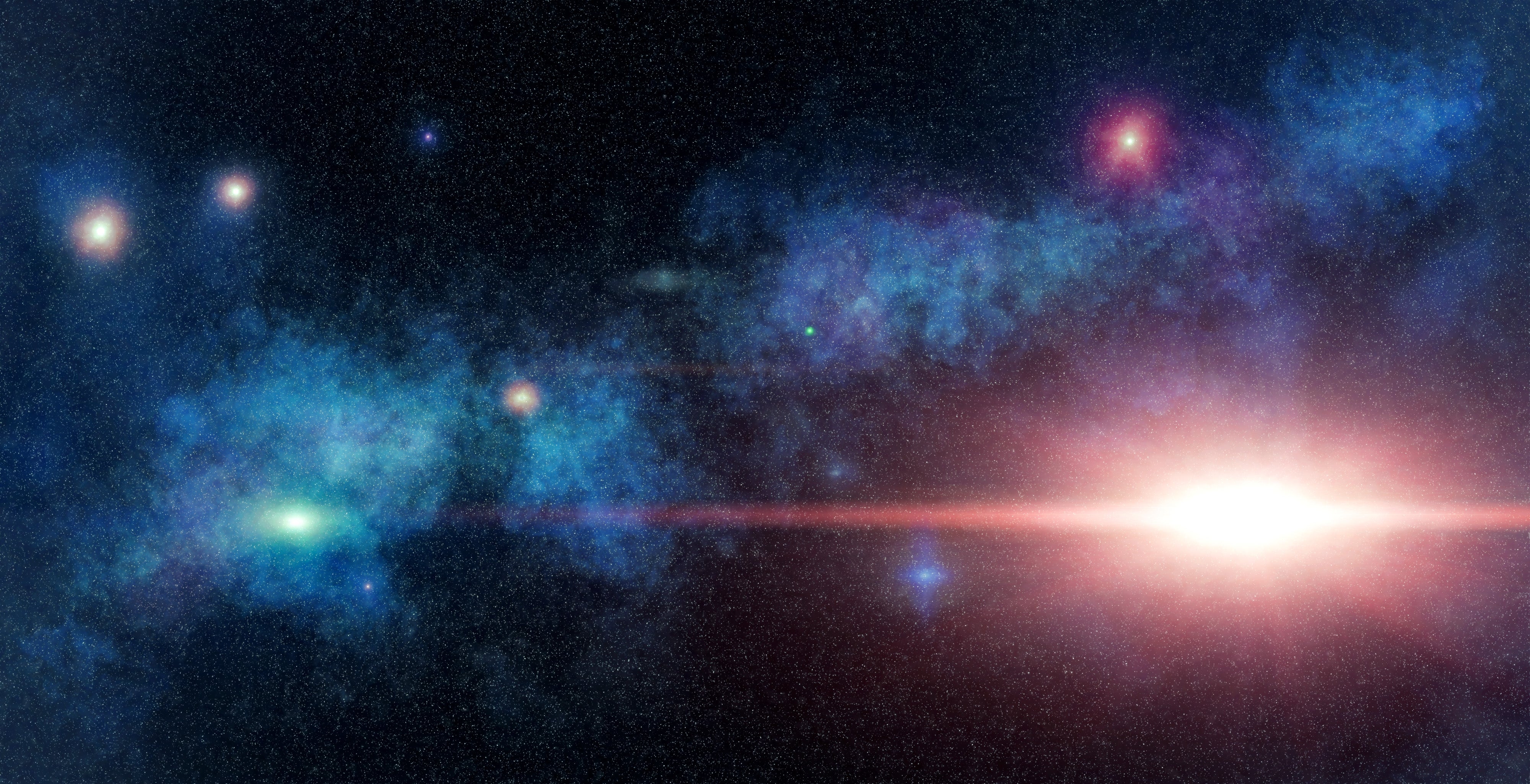
Growing food in space: harder than it sounds! What are the options for giving bees what they need in order to succeed in zero G?
New Stuff 🥳 (click or tap to view):
View our new (and fairly new!) products collection:
Bee News!
Electric Beegaloo ⚡️🐝⚡️
- As mentioned in the previous issue, bees have an interesting relationship with electricity
- Researchers fairly recently discovered the some bees can detect changes in electric fields around flowers and this is very helpful for them in their efforts to forage for resources 🌼🌷🌺🌻
- For example, the field around a flower may indicate that it's been recently visited already by a bee (and therefore contain less pollen and nectar! 🍯)
- More recently, it's been found that pesticides and fertilizers can interfere with a flower's electrical field, and disrupt this natural sensory adaption bees rely on 👎
- Research around this is very new, so the exact nature of what is happening is still being uncovered
- Find the full story on the Popular Science website here
- Stay tuned for details on yet another sense bees make heavy use of: magnetism! 🧲
BEE FACTS
- The Violet Carpenter Bee, also known as Xylocopa violacea (Apidae Xylocopa violacea: Family Genus species)
- This is a Big Bee, usually around 2.5cm to 3cm in length compared to a honeybee which is usually around 1.5cm in length, and considered to be as large as the largest bumblebees.
- Like bumblebees, they are the gorillas 🦍 of the bee world, but unlike gorillas they possess a unique type of alien beauty (no offense to any gorillas reading this!)
- Native to Asia, they have also been fairly recently found in Europe
- As a Carpenter Bee 🔨, the VCB will set up fort in dead wood by boring tunnels and creating small cells for eggs
- They are solitary bees and, after mating, the females will seek out a suitable piece of wood and set up their new home themselves
- Each egg cell is supplied with a single "pollen ball" and with nothing more than that, it must survive long enough to make it into adulthood, hibernation and then the mating season to begin the cycle again


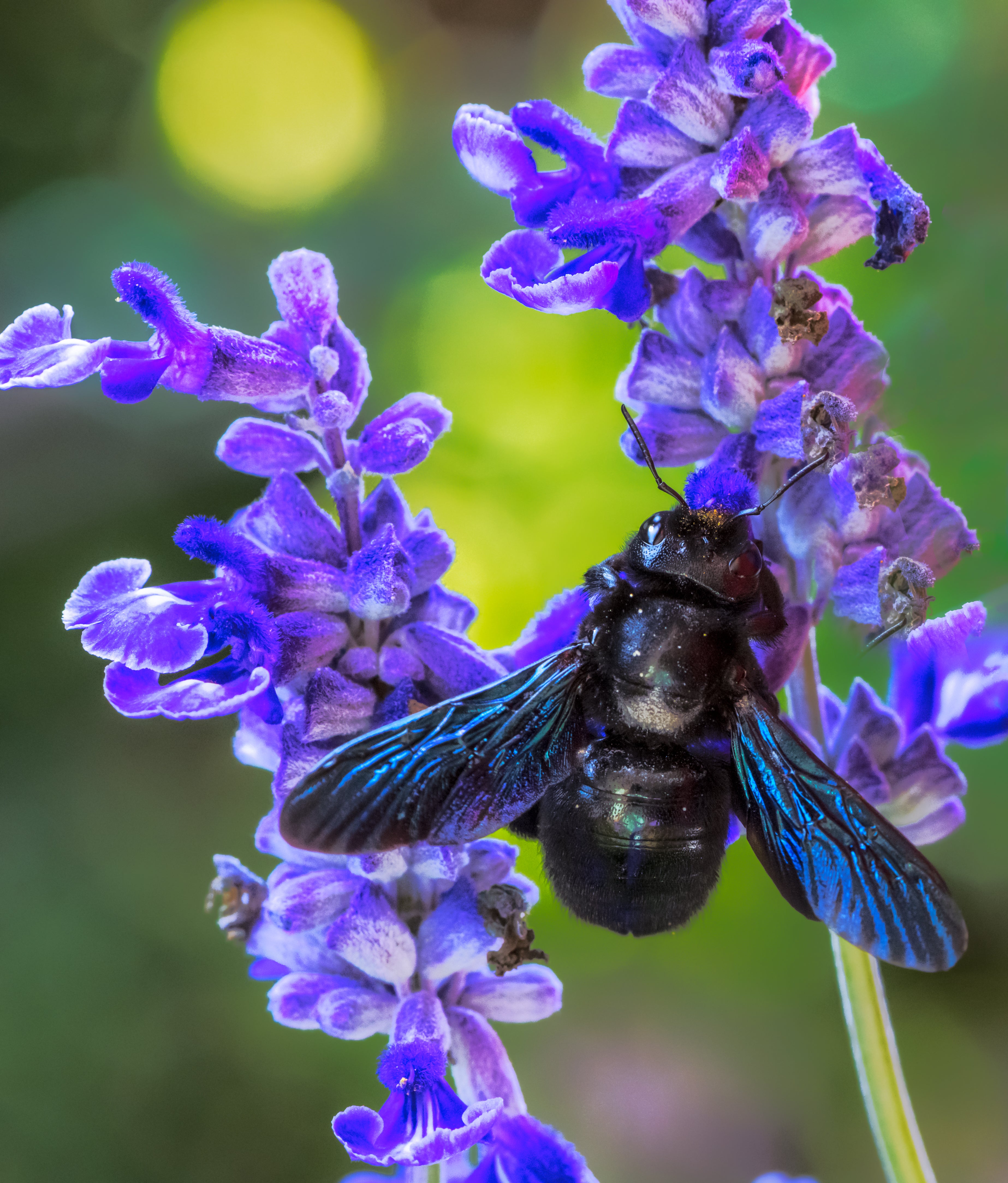
Let us know how we did!
We want to build a newsletter worthy of your interest. If you have any comments, suggestions or questions about The Buzz or absolutely anything else, we'd love to hear about it! Find our contact info here, leave a message in the site chat widget, message us on social, or simply give us a text/ring at 204-612-2337. See you next time!


